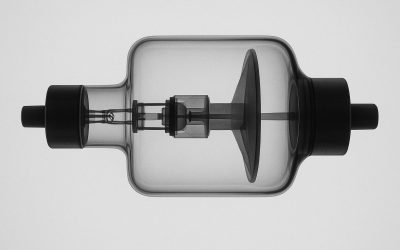While every aspect of electrical design has its own unique challenges, there are unique and highly specialized sets of factors involved in medical device design. This is true for any type of device, but for electronic components used in medical implants or external medical devices, these factors include regulatory issues and safety concerns that are not present in other types of consumer electronics.
The obvious reason for the extreme care required in designing and developing medical implants and devices is their impact on the health of a patient. If an electronic component fails it can quickly become a life and death situation, so there is a very complicated set of tests, validations and steps that have to be completed for a medical device to be approved.
Using an electronic manufacturer that is not familiar with the requirements for medical device design is problematic for several reasons. Understanding how these issues can end up costing you time, money and market possibilities will help in ensuring you choose only the right design and manufacturing service for your medical device prototype development.
Regulations
It will be critical to be able to talk to the engineering design team about the regulations to use for the development of the prototype. For most countries will accept devices made to the International Electro technical Commission or IEC standards.
The most important considerations will typically be the IEC-60601-1 and IEC -60601-2 regulations. There are additional requirements for specialized types of medical devices, and it will be essential for the design team to be aware of these special regulations.
The Process
Within the process of medical device design is a significant amount of tracking and record keeping to be able to provide validation. All materials and processes used, or any modifications or changes to the original design have to be recorded. Materials used in the design, including the electronics, have to be traceable and documented.
There will be significant testing involved in all electronic components in medical devices. They have to be tested for electromagnetic compatibility, and they have to pass tests designed at levels much higher than will be expected when in use.
Any errors or deviations in the accepted results have to be addressed and the test repeated until the equipment is able to pass all EMC tests and meet all other requirements as outlined in the requirements. Taking the time to find an experienced medical device engineering team will be critical to managing this significant factor in getting the device approved.


